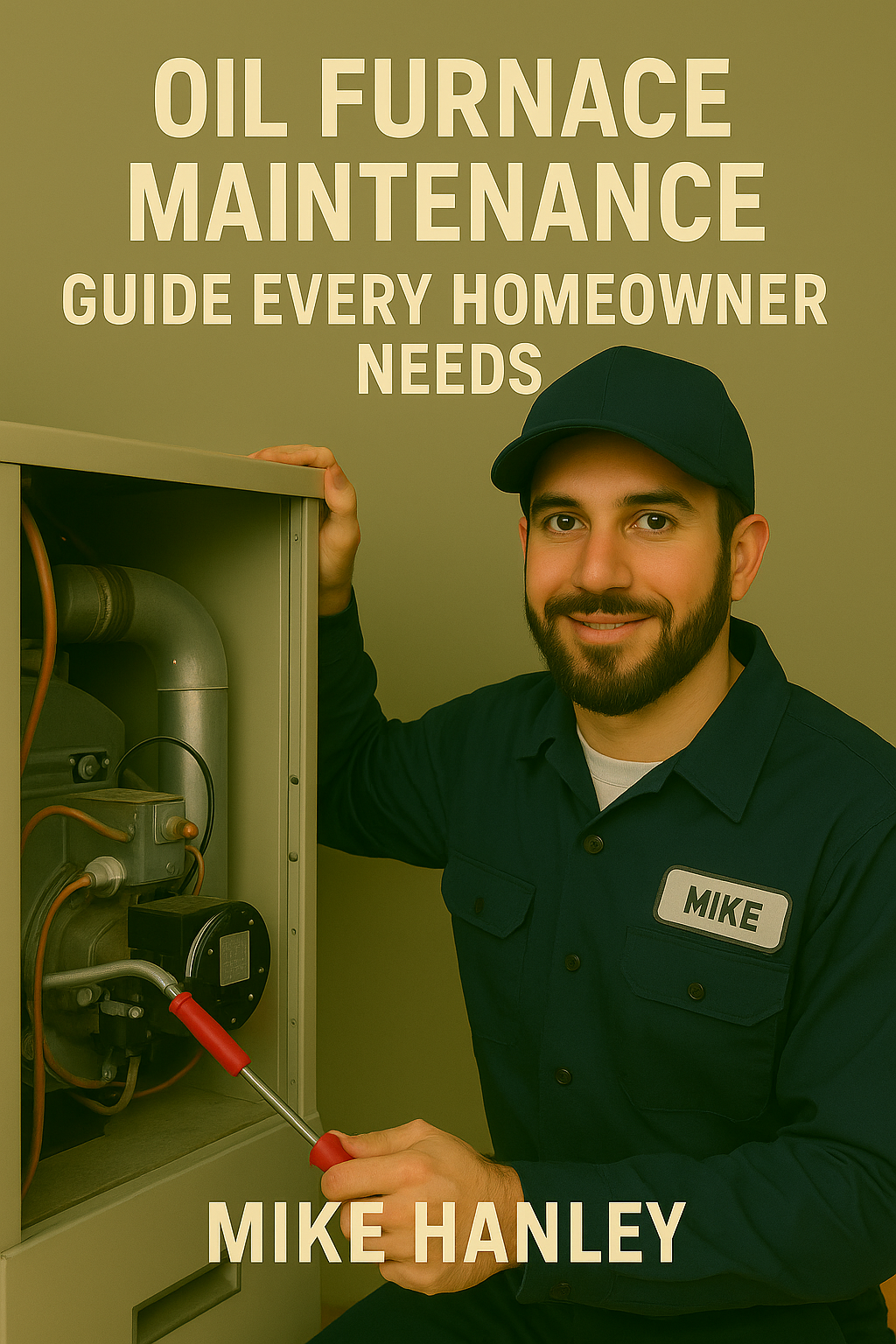📘 Table of Contents
🏠 Introduction to Oil Furnace Maintenance
Oil furnaces are known for their powerful heat output and long-lasting durability but they also need more hands-on maintenance than other types of systems. Because they produce more soot and residue, skipping annual service can lead to efficiency loss, performance issues, or even safety hazards.
Taking care of your oil furnace helps avoid costly breakdowns, keeps your home warm through the coldest months, and ensures the unit uses fuel efficiently. This guide walks you through all the essential tasks every oil furnace owner should know.
🛠 Key Maintenance Tasks for Oil Furnaces
Routine maintenance may seem tedious, but it can make all the difference in how your furnace system performs each winter. Here’s what every homeowner should stay on top of:
🔄 Replace the Oil Filter
-
Schedule: Every 6–12 months
-
Why It Matters: Prevents clogs in the fuel line, ensures smooth combustion
-
Find Parts: Shop replacement filters and accessories
💧 Clean or Replace the Burner Nozzle
-
This component atomizes the fuel for ignition.
-
A dirty or clogged nozzle reduces efficiency and increases soot buildup.
-
BobVila recommends replacing it during every tune-up.
🔍 Inspect and Clean the Heat Exchanger
-
Look for rust, cracks, or excess soot.
-
Use a wire brush and vacuum to clean off residue.
-
Damage here can lead to serious safety issues, including carbon monoxide leaks.
⚙ Check the Burner Assembly
-
Make sure electrodes are aligned to create a strong spark.
-
Flame should be bright yellow-orange, steady, and smoke-free.
🌪 Test the Draft Regulator
-
This device ensures that exhaust gases are venting properly.
-
Use a manometer to verify stable draft pressure.
🧹 Clean the Combustion Chamber
-
Remove built-up soot and debris from inside the chamber.
-
Regular cleaning improves heat transfer and reduces risk of CO leaks.
📌 For in-depth instructions, see the ACHR News guide on oil furnace care.
📊 Common Issues and How to Prevent Them
Oil furnaces tend to show symptoms when maintenance is overdue. Here’s a look at typical problems, why they happen, and how to avoid them:
|
Issue |
Cause |
Prevention |
|
Soot buildup |
Dirty nozzle or heat exchanger |
Clean annually and replace filters |
|
Delayed ignition |
Misaligned electrodes |
Inspect burner setup and adjust |
|
Fuel odors |
Leaky fuel lines or unburnt oil |
Have fuel lines tested annually |
|
System cycling on/off |
Clogged filters or thermostat faults |
Change filters and test controls |
Need a thermostat compatible with oil systems? View our smart and programmable options that support oil-based heating.
✅ Key Takeaways and Next Steps
Keeping an oil furnace in good condition means staying on top of regular cleaning and part replacement. With a little care, you can prevent breakdowns, save on fuel, and extend the life of your system.
-
Oil furnaces create more residue than gas, so cleaning is essential.
-
Replace filters and burner nozzles at least once a year.
-
Watch for symptoms like strange odors or frequent system cycling—they’re signs your furnace needs attention.
-
Schedule professional service before each heating season.
➡️ Back to Previous: The Complete Guide to Indoor Air Quality and Humidifier Upkeep
🔙 Back to Main Pillar: How to Maintain Your Furnace for Long-Term Use
❓ FAQ
Q: How often should I service my oil furnace?
A: Once a year is recommended, ideally before winter starts. According to Energy.gov, annual tune-ups help prevent fuel waste and extend equipment life.
Q: Can I clean the oil burner myself?
A: You can handle surface cleaning, replace the filter, and even change the nozzle if you're handy. But deeper inspections and adjustments should be left to a certified HVAC technician.
Q: Why does my oil furnace smell like fuel?
A: This could indicate a fuel leak or incomplete combustion. Turn off the furnace immediately and call a professional—it’s a safety risk.
Q: What causes black soot around the furnace?
A: Soot buildup usually comes from a clogged nozzle or dirty heat exchanger. Regular cleaning helps prevent this and improves air quality.
Q: Is oil furnace maintenance more expensive than gas?
A: It can be slightly more due to the need for frequent cleanings. However, well-maintained oil furnaces are reliable and can last 20+ years with proper care.







